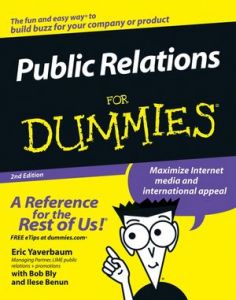What about @irene ?
Everyone knows about Irene. No, it is not a beautiful lady, it is just another hurricane which stroke America. And, of course, Irene is social media friendly, as most of us nowadays. What is really impressing is the fact that not only the hurricane itself posts news and updates, but also authorities and news agencies.
Twitter hashtags #irene and #hurricane kept everyone on the Eastern Seaboard informed over the weekend on the storm’s movement and the damage it left in its wake. Throughout Sunday, when the storm marched through New York and New Jersey, #Irene tweets came in nearly every second.
News stations used #irene to pour out news updates and hurricane coverage scheduling. New Jersey Gov. Chris Christie tweeted Sunday to stay indoors, also offering links to news conferences.
As the storm hit New York City, Mayor Mayor Micheal Bloomberg offered some edicts, and words of encouragement, via Twitter:
Sunday, 4 a.m.: RT @NYCMayorsOffice: We are in the midst of the most dangerous period of the storm, so for your safety, continue to remain indoors. #Irene
Saturday, 11 p.m.: Please stay where you are until the storm is over. Look out for one another. We will update you tomorrow morning. #Irene
Saturday, 11 p.m.: It doesn’t matter if you’re in a shelter tonight, or in your home, or staying with friends or family. We’re all in this together. #Irene
A Facebook community page called Hurricane Irene was established on Aug. 21, when Irene was officially given a name. At the time it was a tropical storm. Leading into Monday morning, the page had grown to 20,000 “likes” and featured hundreds of comments, videos and photos. The Facebook Hurricane Irene “interest” page logged nearly 100,000 “likes.”
One company, Clean Pro Restoration, used the forum to solicit business — ”…….FLOODED??? WATER DAMAGE?? STORM DAMAGE? CALL TODAY” — drawing an immediate backlash from the page’s contributors. The comment was removed. The company’s anemic website offers no information about where the company is located or who runs it.
Social media also served as an outlet for some to complain about nonstop media coverage of the storm. One New Jersey Facebook poster said:
“Is it wrong to opine that if Hurricane Irene doesn’t level the Statue of Liberty, kill me and allow my wife to cash her $1 million life insurance lotto ticket, or turn Princeton New Jersey into Tripoli, it’ll all be a letdown for the masses minions and television anchors and reporters?”
Another Tweet said: “Hurricane Irene is Category 1. CNN hype is Category 4.”
Source: PR Daily.
Better tomorrow,
PR Pret-a-Porter.







